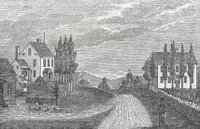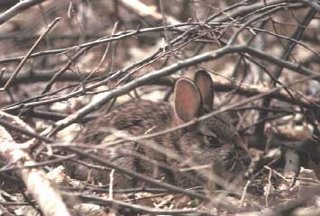 Hoop poles were long, straight rods, cut in the woods from ash, hickory, hazel, and white oak saplings or from bushes that had been specially pruned for the purpose. While they might be cut in spring or fall, farmers often processed them in midwinter, when they were less busy. Bark and shoots, for instance, had to be removed.
Hoop poles were long, straight rods, cut in the woods from ash, hickory, hazel, and white oak saplings or from bushes that had been specially pruned for the purpose. While they might be cut in spring or fall, farmers often processed them in midwinter, when they were less busy. Bark and shoots, for instance, had to be removed.
The poles were used around the farm for many tasks such as rollers for moving heavy loads and for temporary floors under haystacks. They were also split to make barrel hoops and basket-weaving material; the poles were hammered to flatten them, soaked in water, and then split into the hoops that held the barrel staves together.
Perhaps the oddest use for hoop poles, however, was as stiffeners in the colossal, but fashionable skirts women sometimes wore in the 19th Century.







